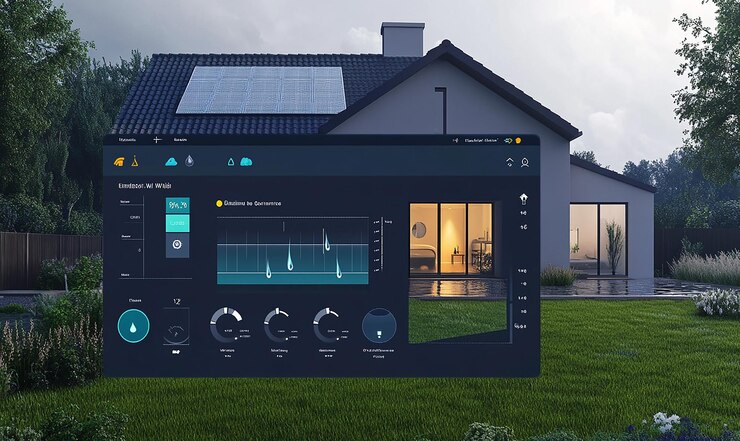Introducing Energy Smart Homes
In today’s world, sustainability is no longer a luxury, it’s a necessity. Architects are at the forefront of this movement, pioneering designs that minimize environmental impact while maximizing comfort and style. Enter the energy smart home – a symphony of intelligent design, cutting-edge technology, and a deep respect for our planet.

Exploring Energy Conservation
Core Principles
Beyond Efficiency
A road map for Builders
Customer Support
CORE PRINCIPLES
PASSIVE DESIGN STRATEGIES
high performance insulation
Energy efficient Hvac appliances
smart home technology
iha design works difference
Beyond Efficiency
- Indoor Air Quality
- Year Round Stability
- Rejuvenating your surroundings
Minimal Design
These systems ensure proper air exchange, reducing the build up of pollutants and creating a fresher, healthier environment.
Reduced Reliance on Chemical Air Fresheners
By minimizing drafts and leaks, energy-efficient homes naturally maintain a more balanced indoor environment, reducing the need for harsh chemical air fresheners.
Reduced Drafts and Hot Spots
High-performance insulation and air sealing minimize unwanted temperature fluctuations, creating a more comfortable living environment.
Improved Thermal Comfort
Passive design strategies and efficient HVAC systems work in harmony to provide a stable and comfortable indoor climate, regardless of the season.
Strategic Design
Large windows and skylights bathe interiors in natural light, reducing reliance on artificial lighting and promoting a connection with the outdoors.
Biophilic Design Principles
Incorporating elements like natural materials, courtyards, and green spaces fosters a sense of well-being and connection to nature.
Company History
History

sun exposure
Analyze the site's solar orientation to maximize passive solar heating in winter and natural shading in summer.

prevailing winds
Leverage natural ventilation patterns for efficient cooling.

Existing vegetation
Preserve mature trees for shading and wind protection.

High-performance insulation
Invest in high-R-value insulation for walls, ceilings, and floors.

Sustainable materials
Opt for materials with recycled content or those sourced locally to minimize transportation emissions.

Air sealing expertise
Ensure meticulous air sealing techniques to prevent drafts and leaks.

Thermal bridging
Identify and address potential thermal bridges to minimize heat transfer.

Window selection
Choose energy-efficient windows with high solar heat gain coefficients (SHGC) and low U-factors for optimal thermal performance.

Airtight construction
Implement rigorous air sealing techniques throughout the building envelope.

